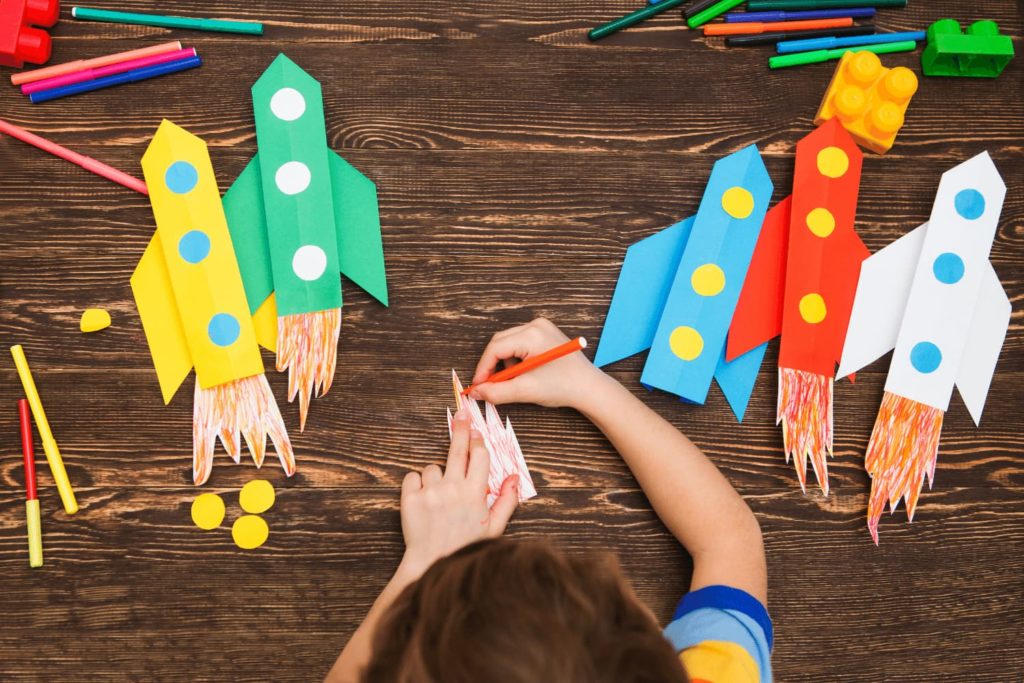
A Year of Play
For the last several years, instead of making a New Year’s resolution, I’ve chosen a year-long theme. The idea is to select a word or short phrase as a guiding principle for moving through the year. The concept is now a popular one, but I first encountered it through the writings of Gretchen Rubin.
One year my theme was “new,” as I wanted to shake myself out of old patterns. Last year my word was… wait for it… “creativity!” This year, I am excited to have my days, weeks, and months imbued with the theme of “play.”
Why Play?
There are many reasons I chose play as my theme for the year, some personal and some professional. I’ll focus on one that I think may resonate with many.
My adult life has become one of constant busy-ness. I run hurriedly from one goal to the next, from one task to the next checkmark on my to-do list. Even my leisure time has become a series of things to get done.

In search for the opposite of being “busy,” I tried “rest.” Sleep and relaxation are necessary, and they filled the void until I was no longer tired. After a certain point, resting as a goal became unfulfilling for me.
It occurred to me that antidote to being constantly busy wasn’t exclusively to rest, but also to play. Children, when left to their own devices, keep busy with play. They are in continuous motion in their play, yet in their busy-ness, they are not worn down, but rather filled up. What I am seeking is not more of the busy-ness of goals and tasks, nor simply rest and relaxation, but rather the fulfillment of play.
Defining Play
There are many definitions of play. One of the most basic is doing something for the fun of it rather than out of necessity. Of course, fun, like beauty, is in the mind of the beholder. For many in my family, fishing is fun, but for me it is not. I enjoy writing; my husband likes video games; one of my brothers loves to cook. Play is different for each of us.
More complex definitions prescribe a series of requirements for an activity to be considered play. One such definition, formulated by the psychologist and researcher Peter Gray, posits that there are five hallmarks of play. While the first four seem rather straight-forward to me, the fifth one caught my attention: “play involves an active, alert, but non-stressed frame of mind.”
For me, the quality of being activated and alert, but not stressed, was what made play seem like the perfect antidote to my usual busy-ness, and my ideal theme for the year.
Play and Creativity
Anyone who works with creativity will affirm the inherent imagination of children. This is obvious in the ways that children play. In their imaginations, any object can transform into anything else in the service of fun. A stick can be wand, a rock can be a dragon egg, as long as it pushes the play forward.
The connections between play and creativity are well documented through research in a variety of fields. There is a wealth of information on this topic, especially in the realm of childhood development, including the work of the psychiatrist Paul C. Holinger. I am more interested, however, in the potential that play has for childlike creativity in adults.

In previous writings, I have made the contention that almost any activity can be infused with creativity. So, what is special about the creativity of play?
Our careers, our relationships, our parenting, and our homelives all afford us opportunities for creativity, but they also present certain barriers. Institutions and social conventions place limits on our creativity in these areas, and such boundaries can often limit the fun we derive from creativity in those realms.
Play, on the other hand, allows for more boundless creativity. Choosing to play in whatever form (crafts, writing, baking, improv, etc.) allows you to be the one who sets the limits or not. In this way, play can help adults recapture the boundlessness of childhood creativity.
Worriless Play
I am so looking forward to my year of play. I do, however, have a couple of concerns.
The first worry is what people will think. I am an adult and have chosen the seemingly childish goal of play. Am I planning a year of leisure? I wish I had that luxury.
I do hope to build more leisure time into my schedule to allow for pure play, but I also hope to infuse other aspects of my life with playfulness. What are ways I can incorporate play into my job, my daily tasks, and my homelife? How can I be more playful in my relationships? Rather than playing in the sense of pure leisure, I hope that this year will see all parts of my life, even those that are more serious, imbued with play.

My second worry is that I may turn play into an obligation. When play becomes a task to get done, it ceases to be play. I hope to never put “play” on my checklist, but I do hope to ask myself frequently, “am I having fun,” and “am I doing this playfully?” I hope, as the year goes along, that my answer is increasingly, “yes!”
I’m going to stop worrying and start playing! Won’t you join me? If you do, let me know about how your year of play is going through the contact page. Happy Play Year!